Your dog’s sleeping position can tell you a lot more than just how comfy they are—it can actually reveal how they feel about you. If your pup curls up against you or sleeps touching your feet, it’s a sweet sign of deep trust and attachment. Dogs that sprawl out belly-up nearby are showing total comfort and vulnerability, which means they feel safe and relaxed in your presence. Meanwhile, a pup that sleeps with their back to you might be offering a quiet kind of loyalty, saying, “I’ve got your back.” These bedtime habits are their silent love language, showing how closely they bond with you. So next time they snooze, take a moment to see what they’re really saying with their sleepy pose.
The Classic Curl: Trust Wrapped in a Ball
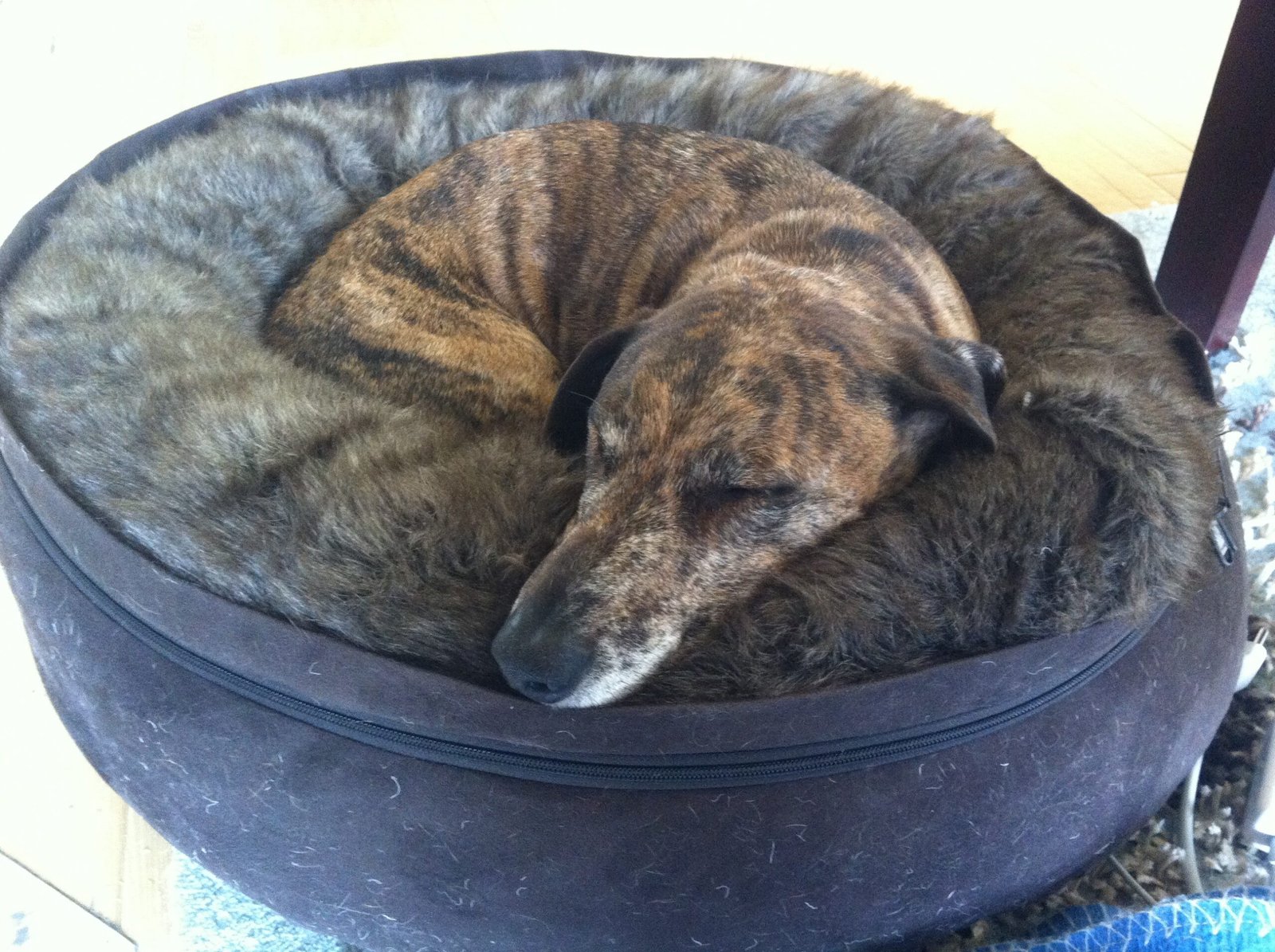
When your dog curls up tightly, nose to tail, it’s easy to assume they’re just trying to stay warm. But there’s a deeper meaning here. Dogs in the wild often curl up this way to protect their vital organs and keep themselves safe while they sleep. If your dog prefers this position—even on a warm day—it might mean they’re a little cautious or still adjusting to their environment. However, if your pup curls up close to you, it’s a sign of deep trust. They feel safe enough to relax in your presence but still value a bit of personal space. Think of it as your dog’s way of saying, “I love you, but I’m still my own dog.” It’s both an old instinct and a quiet compliment to your relationship.
The Belly-Up: Pure Vulnerability and Confidence
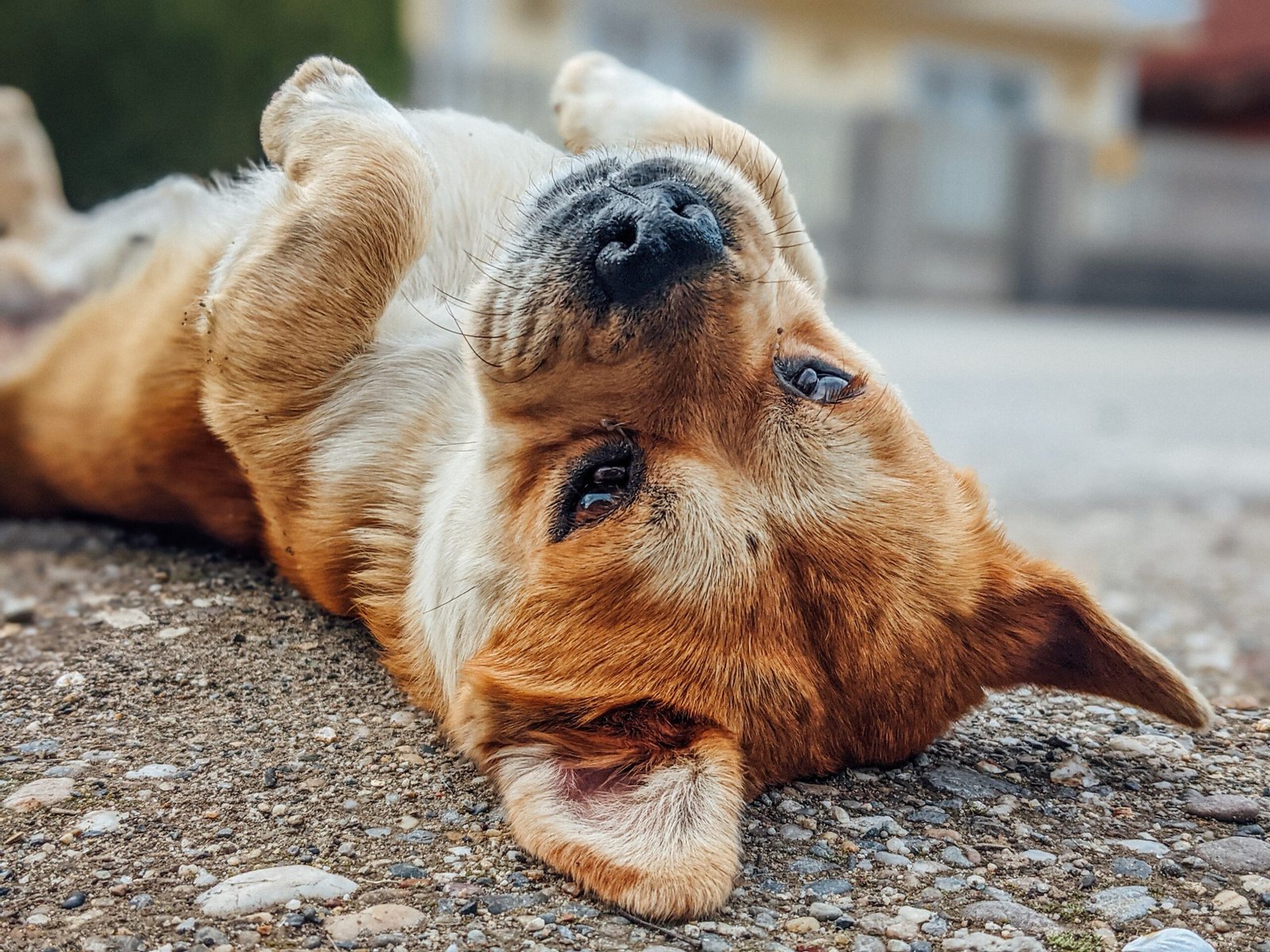
There’s something almost comical about a dog sleeping belly-up, legs splayed in every direction. This position leaves your dog’s most sensitive parts exposed, which is a huge sign of trust. In the wild, no animal would dare sleep like this unless they felt completely safe. If your dog flops on their back around you, it means they see you not just as a friend, but as family. They’re saying, “I feel so secure with you, I can let it all hang out.” This is the ultimate canine compliment. It reflects a relationship built on confidence, love, and total relaxation. It’s as if your dog is inviting you into their world without a single worry.
The Side Sleeper: Relaxation and Affection
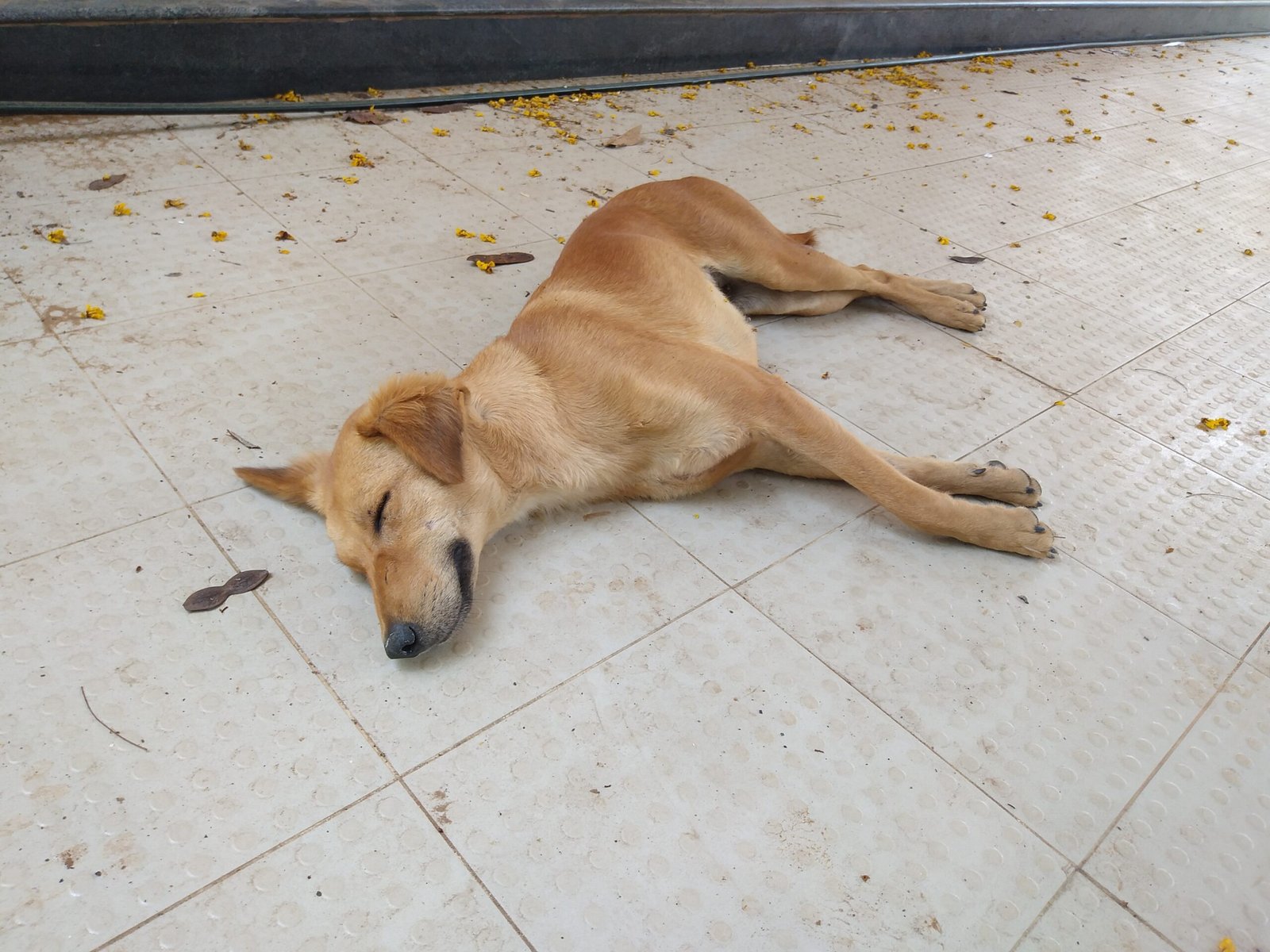
When your dog sleeps on their side, they’re showing off a relaxed, content state of mind. This position exposes their heart and lungs, so it’s a sure sign your dog feels safe and loved. Side sleepers are often affectionate and open, both while awake and asleep. You might notice that side sleeping is more common when your pup is especially tired or after a day full of play. It’s the doggy equivalent of flopping down on the couch after a long day. If your dog snoozes like this beside you, it’s a sign of a peaceful, easy connection—a relationship where both of you can just be yourselves, no pretenses or worries.
The “Superman” Stretch: Playfulness and Youthful Energy
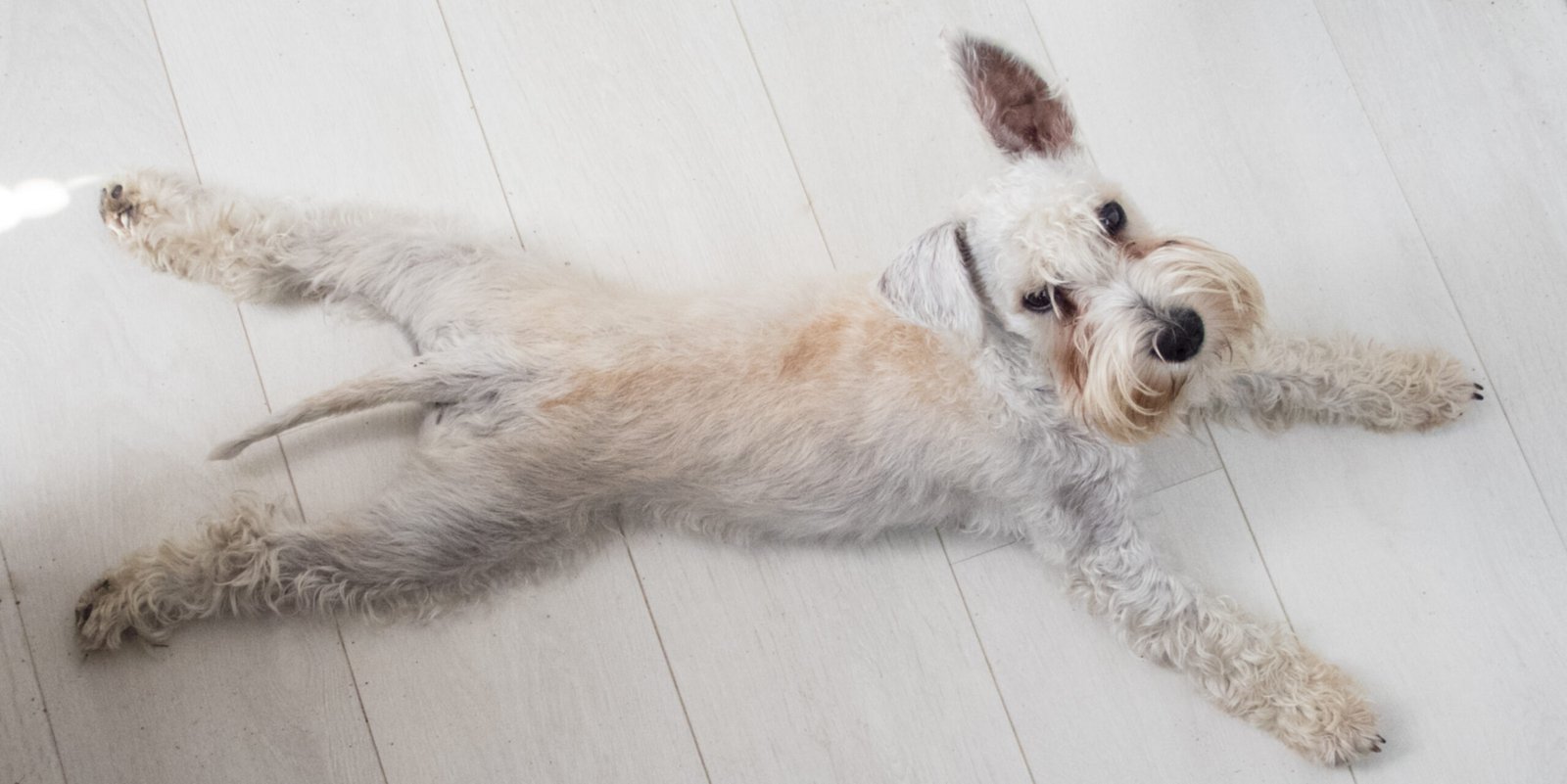
Puppies and young dogs are famous for the “Superman” pose—stretched out flat on their bellies, legs straight behind and in front. It’s adorable and often means your dog is ready to leap up and play at a moment’s notice. This sleeping style speaks to a sense of fun and excitement in your relationship. Your dog feels safe but doesn’t want to miss a moment of action with you. It’s as if they’re always ready for the next adventure you’ll bring. If your dog still sleeps like this as an adult, you’ve likely fostered a happy, playful bond full of energy and joy.
The Snuggler: Closeness and Emotional Connection
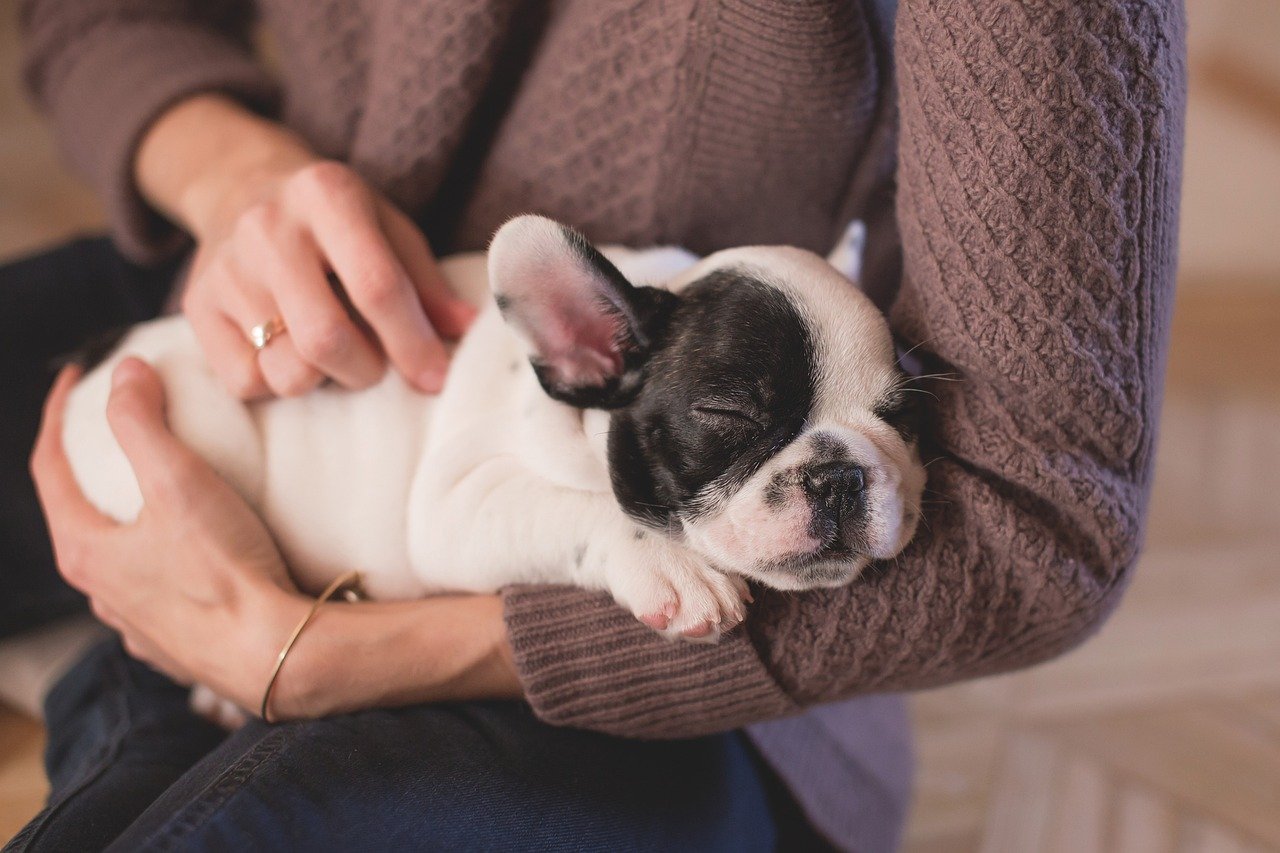
Some dogs can’t resist cuddling up to their favorite human or even another pet as they sleep. If your dog loves to snuggle, it’s a clear sign of affection and attachment. They want to be close to you, not just during waking hours, but when they’re at their most vulnerable. This behavior often starts in puppyhood, when littermates pile together for warmth and security. As adults, snuggling means your dog sees you as their family, their pack. It’s a sign you’ve built a relationship based on love, trust, and emotional warmth. Every snuggle is your dog’s way of saying, “I want you near me, always.”
The Back-to-Back Buddy: Loyalty and Companionship
Dogs who sleep with their backs pressed against you—or even back-to-back with another pet—are displaying a special kind of loyalty. In the wild, this position helps pack members feel each other’s presence and stay alert to danger. At home, it’s your dog’s way of keeping you close while still having a little independence. It reflects a bond built on mutual respect and companionship. Your dog trusts you, but they’re also standing watch, protecting the relationship just as much as you protect them. It’s a subtle, powerful sign of connection.
The Burrower: Seeking Comfort and Reassurance
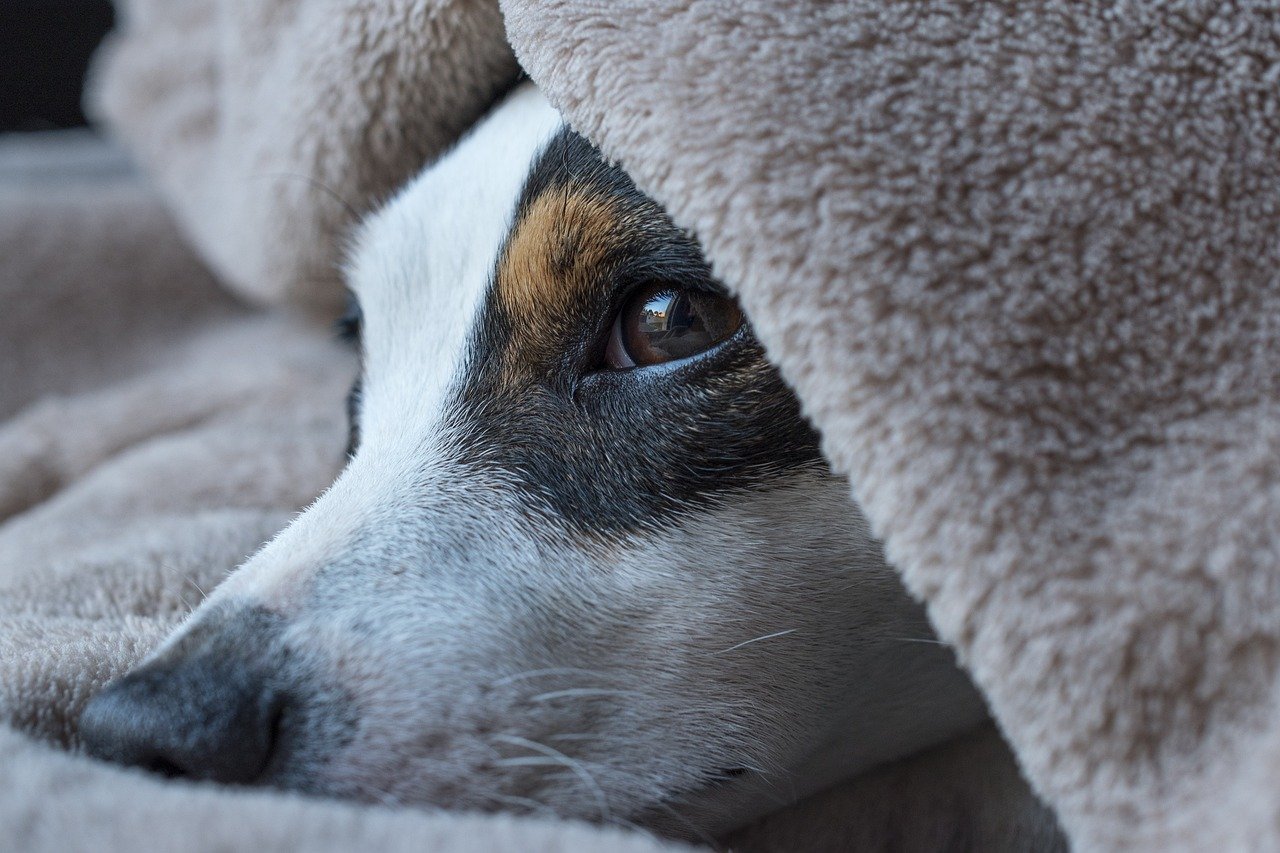
If your dog loves to burrow under blankets, pillows, or even into your lap, they’re looking for comfort and warmth. This behavior can mean your dog is seeking reassurance from you. Maybe they’re feeling anxious, shy, or just want a little extra coziness. Dogs who burrow often form especially close bonds with their humans. They want to be enveloped by your scent and presence, especially during times of stress. Providing a safe, soft spot for your dog to burrow can strengthen your relationship by showing them you understand and care about their needs.
The Door Watcher: Protector and Guardian
Some dogs position themselves so they can watch the door or hallway while they sleep. This isn’t just about being nosy—it’s an instinct to protect their home and loved ones. If your dog chooses to sleep where they can keep an eye on things, it’s a sign they take their job as family guardian seriously. They trust you, but also feel responsible for your safety. This protective behavior isn’t about distance—it’s another type of devotion. Your dog is saying, “I’ve got your back, even while I rest.” It’s a sign of loyalty and a relationship built on mutual responsibility.
Your dog’s favorite sleeping pose says more than you might think—it’s their quiet way of showing love, trust, and how connected they feel to you. Whether they curl up close or sprawl out beside you, each position is a little peek into their heart. Paying attention to these cozy clues can deepen your bond even more. After all, when a dog sleeps peacefully near you, it means they feel truly at home.

Andrew Alpin from India is the Brand Manager of Doggo digest. Andrew is an experienced content specialist and social media manager with a passion for writing. His forte includes health and wellness, Travel, Animals, and Nature. A nature nomad, Andrew is obsessed with mountains and loves high-altitude trekking. He has been on several Himalayan treks in India including the Everest Base Camp in Nepal.






